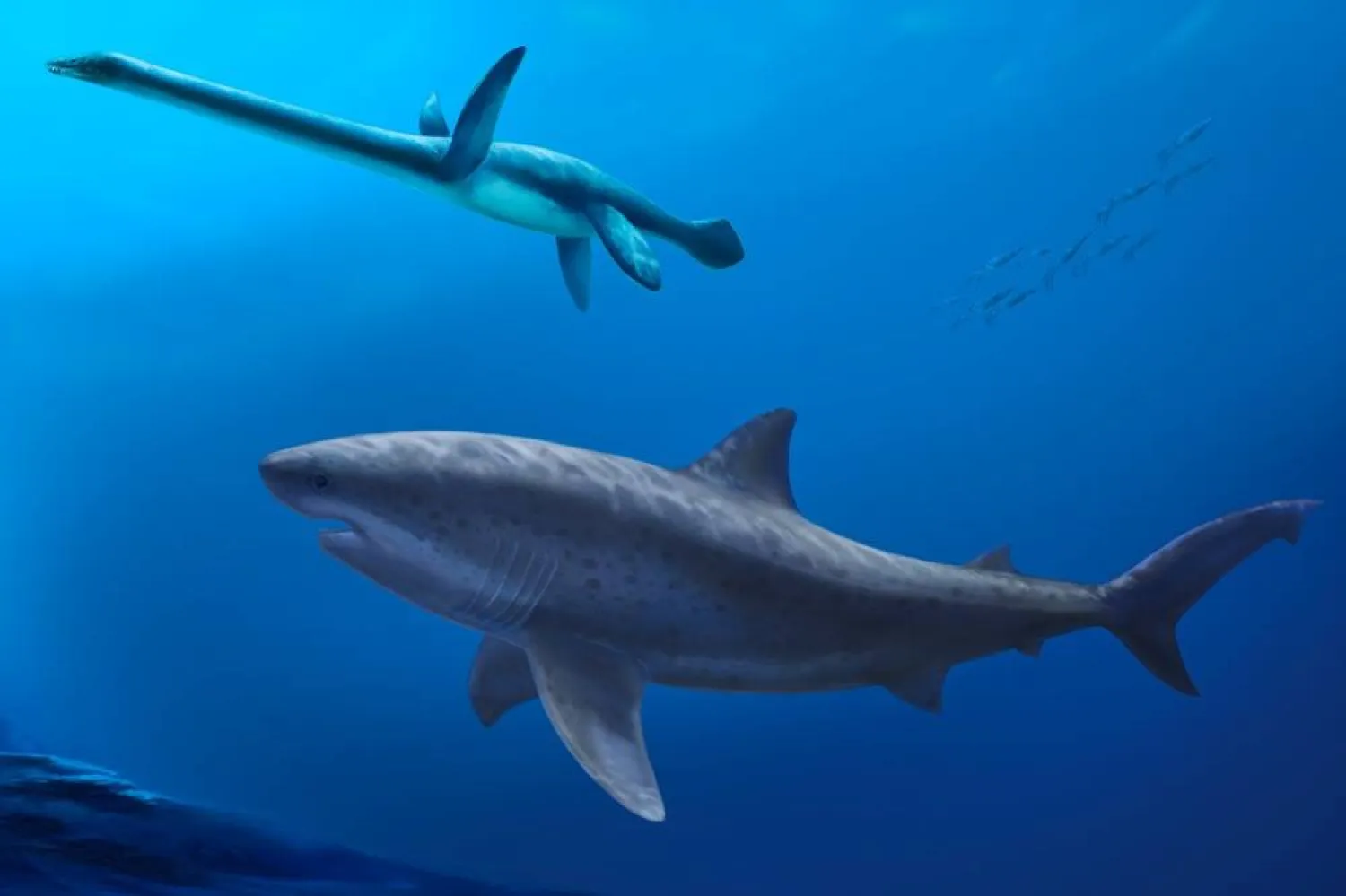The Saudi Science and Engineering Team is undergoing an intensive four-day training program in preparation for the upcoming Regeneron International Science and Engineering Fair (ISEF 2024) competition, the Saudi Press Agency said.
During the program, team members will acquire skills related to showcasing and refining their scientific background. They will also participate in training sessions with experienced former judges familiar with the fair.
Additionally, the team will engage in various training sessions to address questions related to their projects.
A total of 35 male and female students will represent the Kingdom at ISEF 2024, the world's largest pre-college STEM competition, competing against 1,700 students from 70 countries worldwide.
The Kingdom's participation is facilitated by the King Abdulaziz and his Companions Foundation for Giftedness and Creativity "Mawhiba" and the Ministry of Education.
This year marks the 18th consecutive participation of the Kingdom in the fair since 2007, as part of an annual program organized by Mawhiba in collaboration with the Ministry of Education.
Saudi Science and Engineering Team Gears up for Regeneron ISEF 2024 in Los Angeles

The Saudi Science and Engineering Team is undergoing an intensive four-day training program in preparation for the upcoming Regeneron International Science and Engineering Fair (ISEF 2024) competition. (SPA)

Saudi Science and Engineering Team Gears up for Regeneron ISEF 2024 in Los Angeles

The Saudi Science and Engineering Team is undergoing an intensive four-day training program in preparation for the upcoming Regeneron International Science and Engineering Fair (ISEF 2024) competition. (SPA)
لم تشترك بعد
انشئ حساباً خاصاً بك لتحصل على أخبار مخصصة لك ولتتمتع بخاصية حفظ المقالات وتتلقى نشراتنا البريدية المتنوعة







